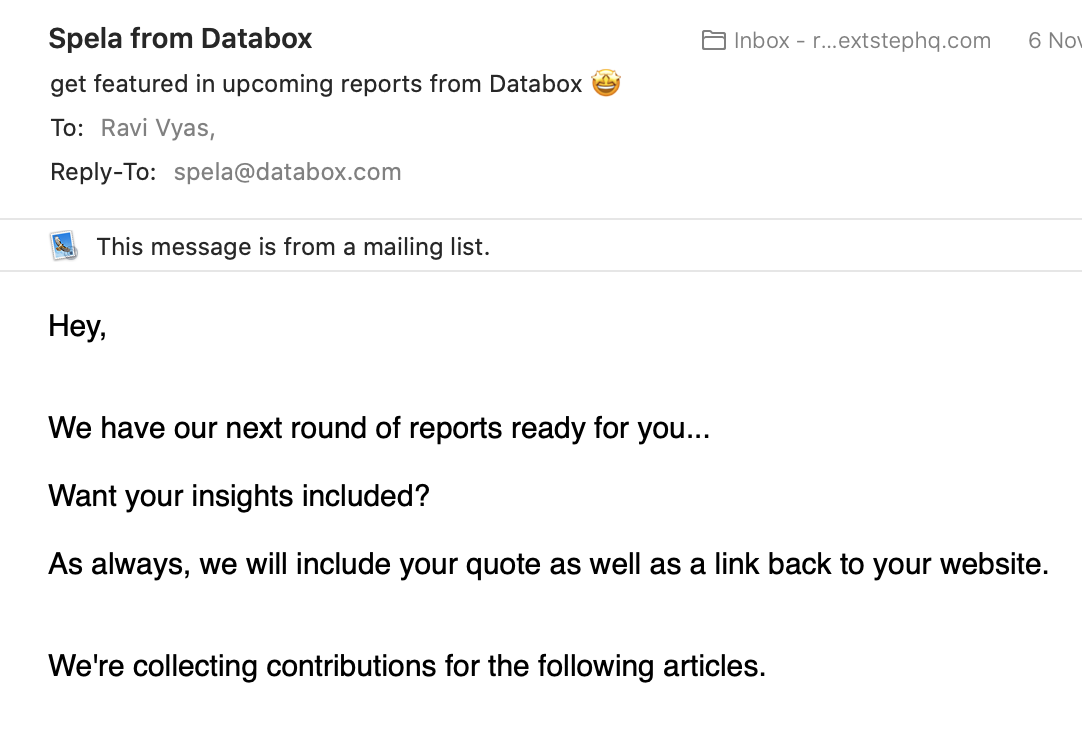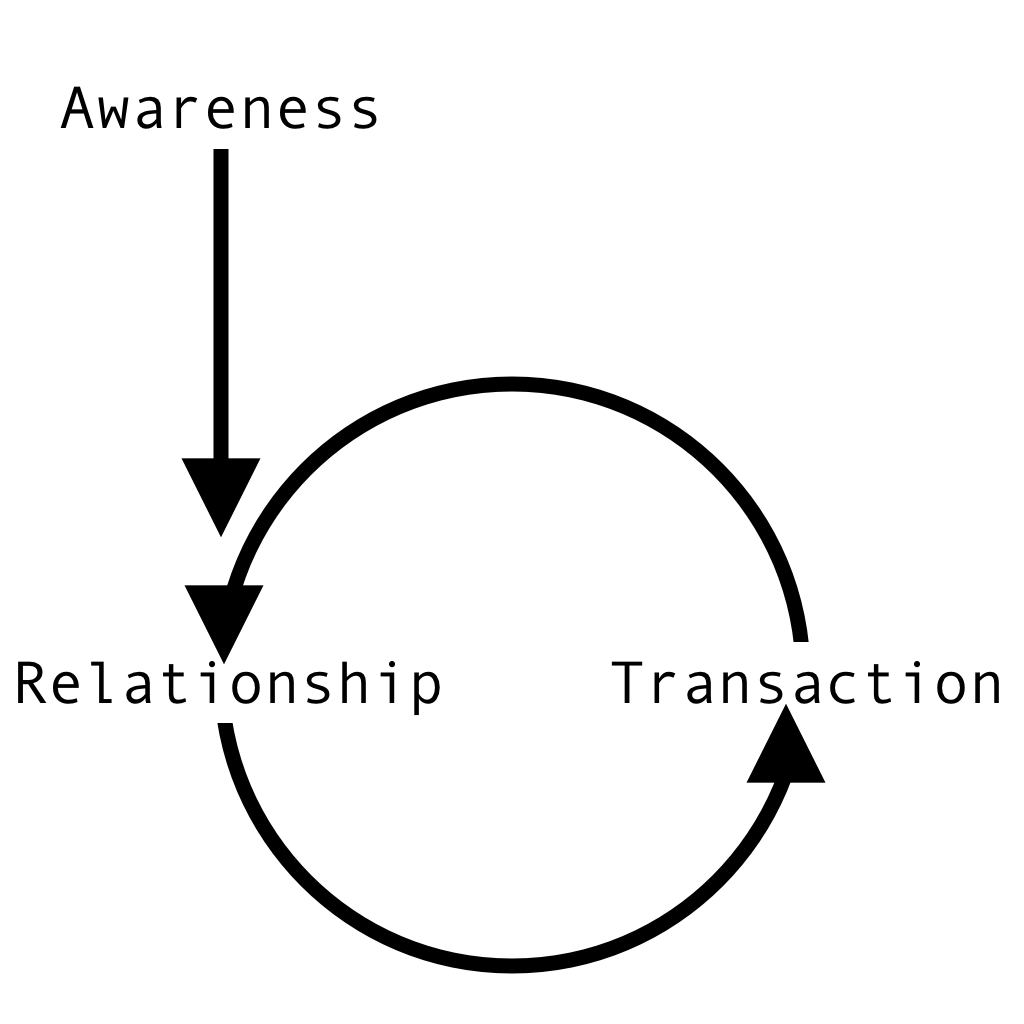The importance of a Community, and the A-R-T Model of growth.
2019-11-13
I have spent the last 5 months working on helping SaaS companies improve their conversions rates with a new product we are building, NextStepHQ. The premise of the product at NextStep was that users need to be nurtured through the funnel.
What we were not prepared for; is the fact that the buyer journey does not exist for most B2B SaaS startups. This is something we saw across all our beta users. A large chunk of traffic is drive-by traffic, and traffic that does convert does not follow the typical funnel. For example, a large chunk of signups never went to once to the company's blog or pricing page.
This left us a lot to think and ask the question like:
- Why are users signing up without going to a blog or case study or pricing pages?
- Why are users signing up directly from the home page without trying to learn anything more about the product?
After a lot of introspection, and looking at what is common between successful products, and a lot of reading, here are some things that stayed with me like dots that I needed to connected.
- Brian Halligan, CEO of Hubspot mentioned a great idea at this year's Inbound keynote: "don't just sell to your customers sell through your customers"
- Most successful companies have some form of community or other programs that engages their users and allows users to engage each other.
- These startups always build their brand, more about this in Wistia's Brand Affinity Playbook http://wistia.com/about/brand-affinity-marketing
Now, here is a mental exercise, How many products can you name that you don't actively use or have never used but still pitch to your friends.
For me, these are products like Drift, HubSpot, BareMetrics, Stripe, Intercom, DataBox, Tettra, Pipedrive, HelpScout, Algolia, Ahrefs and a few more. What is different is the brands and I have engaged with each other over the years and have formed a relationship. Thus I have become an evangelist for these brands. I am pretty sure the same is true for you with some brands mentioned above.
Thus having relationships is critical for an organization to grow. These relationships are best expressed as a community. Whats a community you ask? It can be as mundane as running a forum or events or can be just an email newsletter that adds values to its readers like Databox's reports which ask its readers for information in exchange for highlighting a quote from them and a backlink

The Databox mailer
Others even run a Facebook Group, as Ahrefs does.
Once you have an audience or a community, it becomes easier to launch & grow as you have users to talk to, get feedback from and more importantly users who will sell your product for you.
The A-R-T Loop
Today most effective marketing is not trying to sell to users, rather is it trying to provide value to end-users and build some sort of a relationship or brand affinity, hoping that those users at some point will transact with the brand. All this while knowing well that that transaction may be a one-off thing, but the relationship needs to exist for as long as it can, hoping that the relationship will add value sometime in the future. It is a simple Awareness - Relationship - Transaction Loop.

The A-R-T Loop
The ART Loop requires the organization to continuously push their brand and push value to its visitors so that they build a base of loyal followers and champions. It also means that users who have left your product in the past are as important as new users you are trying to acquire.
The goal is thus to add value to the user/visitor at every touch point. Produce content that is of value to the user, build a product that adds value to the user's lives, etc.
Photo by Perry Grone on Unsplash